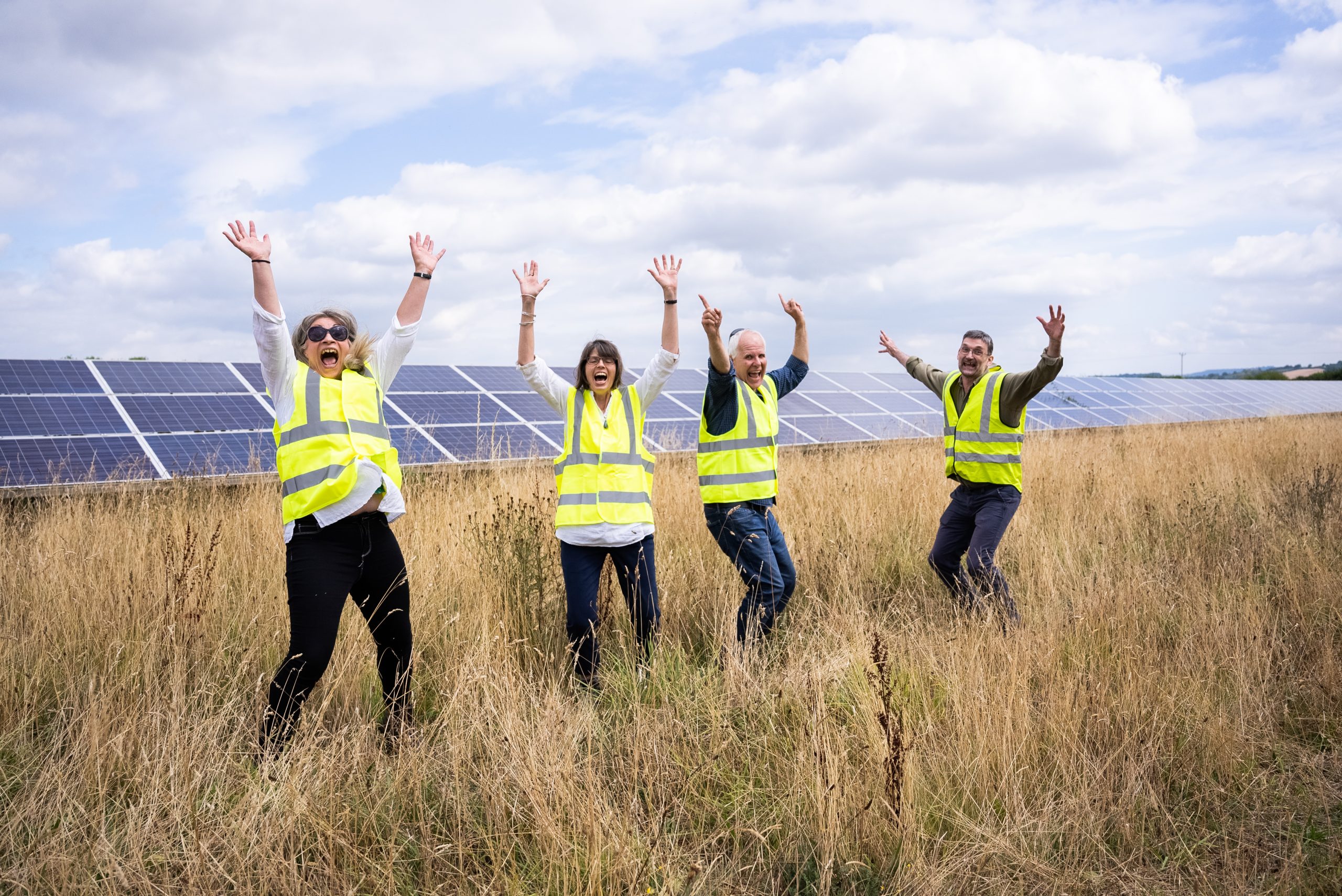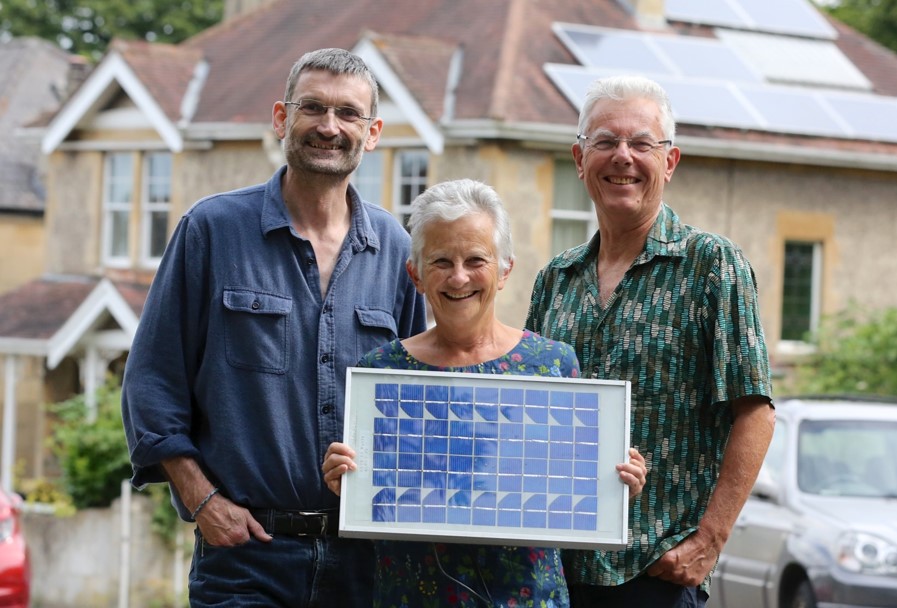We are extremely excited to share the news that Green Open Homes is growing!
Green Open Homes B&NES in November 2023 was such a huge success for us. We saw over 750 people visit 22 homes in Bath and the Chew Valley. We were overwhelmed by the response to this weekend and the enthusiasm there was for it.
This is why we are delighted to have been included in a successful bid by the Centre for Sustainable Energy (CSE) to the South West Net Zero Hub which enables us to run further Green Open Homes events in communities throughout Bath & North East Somerset.
This is where we need your help!
Would you be interested in becoming a Green Open Homes champion in your area and run a local event where homes are opened to the residents to encourage and inspire them to make energy efficiency changes to their homes?
BWCE will be here to support all champions, and our aim is to create a supportive network of likeminded and passionate people.
If this appeals to you, please complete the Expression of Interest below.
We look forward to hearing from you.


